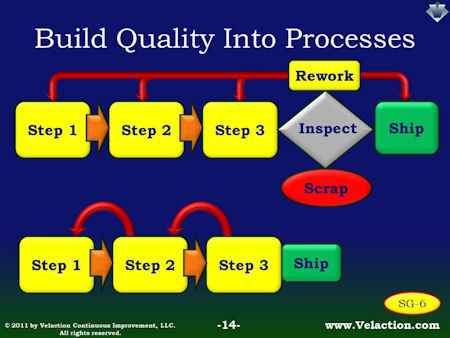Lean Terms
Ambiguity
Ambiguity is the state of uncertainty in meaning. Ambiguity is harmful to Lean companies for several reasons. Ambiguity reduces consistency. If a process is vague, it is hard to follow the same way every time. Ambiguity slows processes down. Requesting clarification breaks the rhythm of a process. Ambiguity misaligns goals. Read more…



